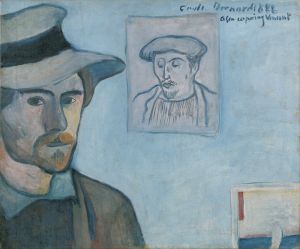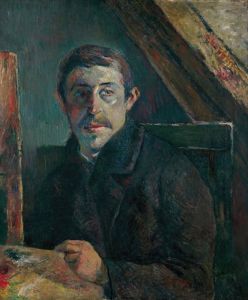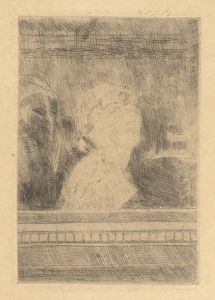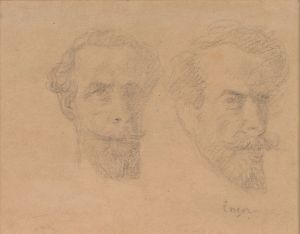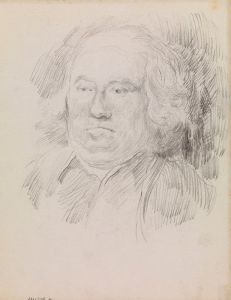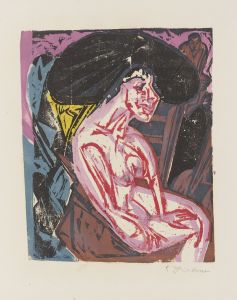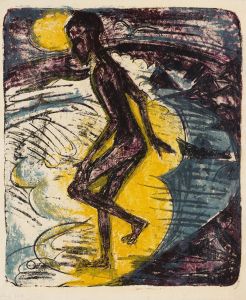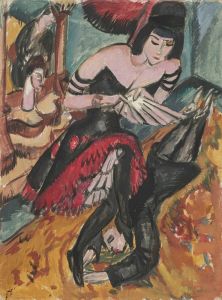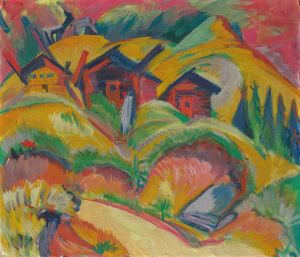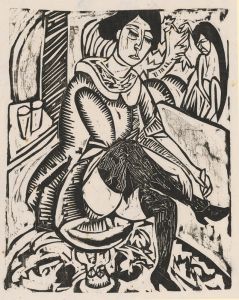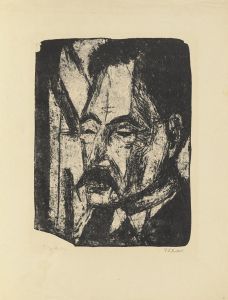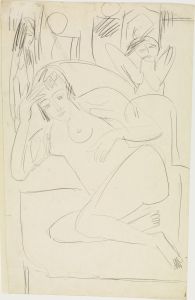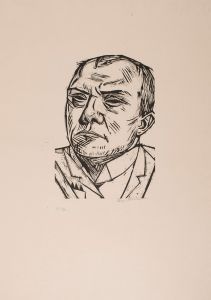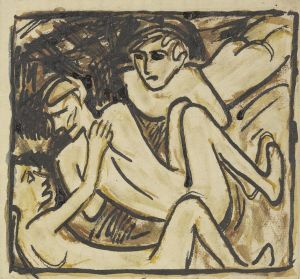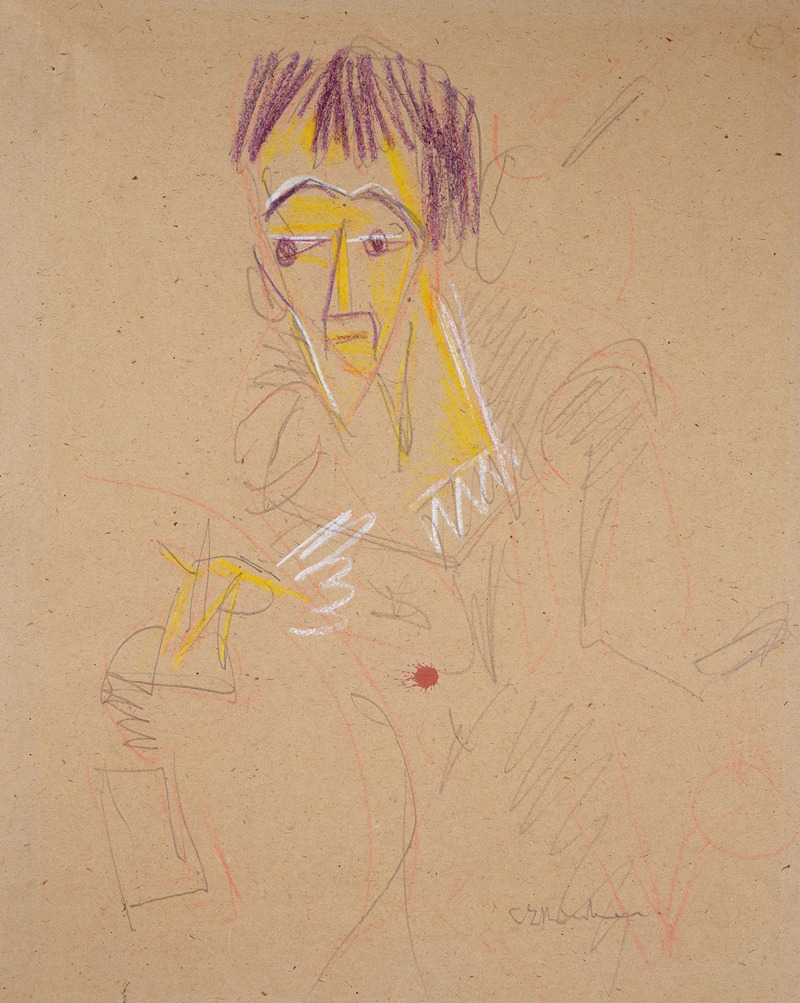
Self-portrait, drawing
A hand-painted replica of Ernst Ludwig Kirchner’s masterpiece Self-portrait, drawing, meticulously crafted by professional artists to capture the true essence of the original. Each piece is created with museum-quality canvas and rare mineral pigments, carefully painted by experienced artists with delicate brushstrokes and rich, layered colors to perfectly recreate the texture of the original artwork. Unlike machine-printed reproductions, this hand-painted version brings the painting to life, infused with the artist’s emotions and skill in every stroke. Whether for personal collection or home decoration, it instantly elevates the artistic atmosphere of any space.
Ernst Ludwig Kirchner was a prominent German expressionist painter and one of the founding members of the influential art group Die Brücke (The Bridge), which played a crucial role in the development of modern art in the early 20th century. Kirchner's work is characterized by its bold use of color, dynamic compositions, and emotive subject matter, reflecting the tumultuous socio-political landscape of his time.
The self-portrait as a genre has been a significant aspect of Kirchner's oeuvre, offering insights into his psychological state and artistic evolution. Kirchner's self-portraits often reveal his introspective nature and his exploration of identity, both personal and artistic. These works are not merely representations of his physical appearance but are imbued with emotional depth and existential inquiry.
Kirchner's self-portraits are typically executed with a distinctive style that combines elements of primitivism and modernism, reflecting his interest in non-Western art forms and his desire to break away from traditional artistic conventions. His use of exaggerated forms, vibrant colors, and expressive brushwork are hallmarks of his approach, conveying a sense of immediacy and intensity.
In his self-portraits, Kirchner often depicted himself in various guises, sometimes as a confident artist, other times as a more vulnerable figure. This duality reflects the complexities of his personality and his struggles with mental health, particularly during and after World War I. The war had a profound impact on Kirchner, leading to a period of personal crisis and artistic transformation.
Kirchner's self-portraits also serve as a reflection of his engagement with the broader cultural and artistic movements of his time. As a member of Die Brücke, Kirchner was at the forefront of the expressionist movement, which sought to convey emotional experience rather than physical reality. His self-portraits embody this ethos, capturing the inner turmoil and existential angst that were central themes in expressionist art.
Throughout his career, Kirchner's self-portraits evolved in style and substance, mirroring his personal and artistic journey. From the early, more traditional representations to the later, more abstract and fragmented depictions, these works chart the trajectory of an artist grappling with the challenges of his era and his own psyche.
Kirchner's contribution to modern art, particularly through his self-portraits, remains significant. His ability to convey complex emotional states and his innovative use of form and color have left a lasting impact on the art world. Today, Kirchner's self-portraits are celebrated for their boldness and introspection, offering a window into the mind of one of the 20th century's most influential artists.
While specific details about individual self-portrait drawings by Kirchner may be limited, his body of work as a whole provides a rich tapestry of expressionist art that continues to resonate with audiences and inspire contemporary artists.





